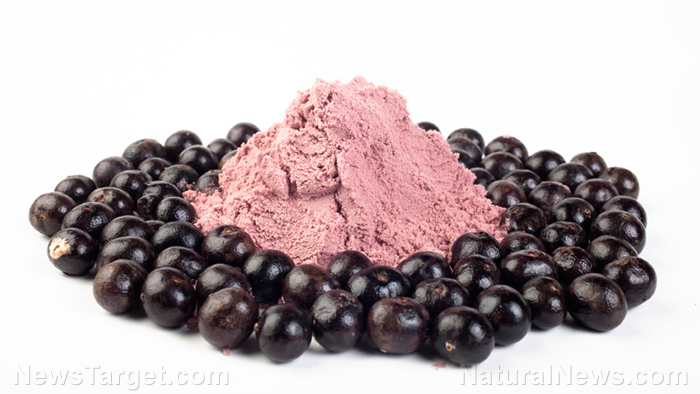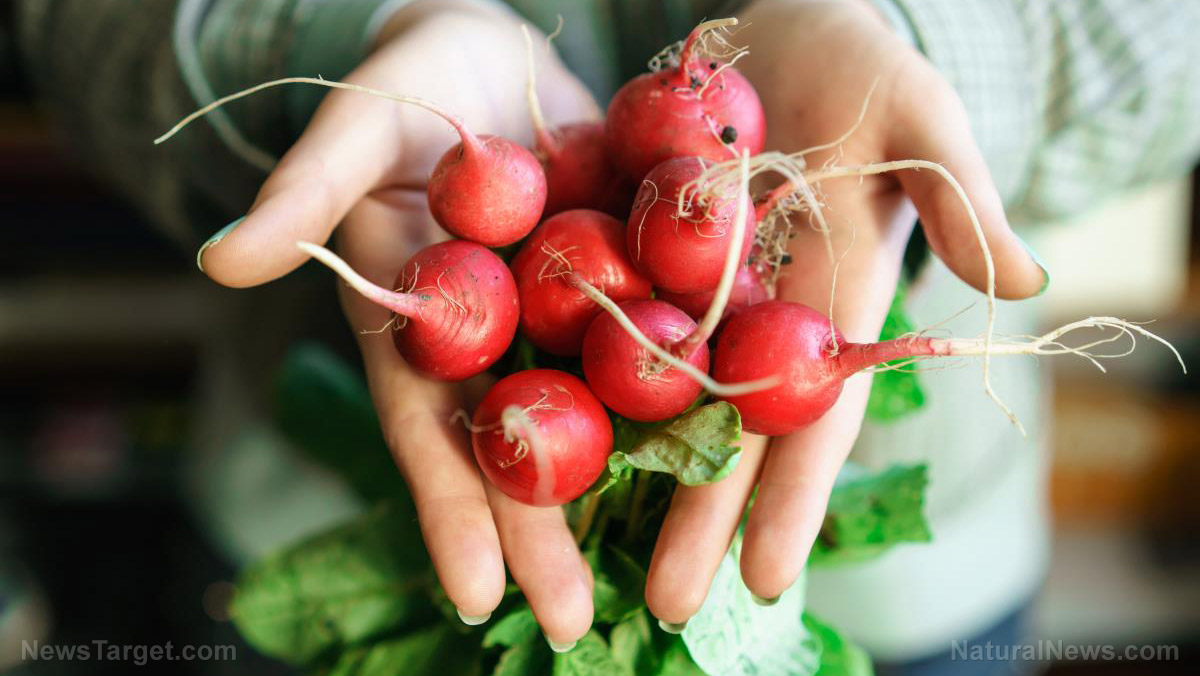 Parler
Parler Gab
Gab
Conflicting data is confusing for consumers
Findings from the annual Food and Health survey, which was conducted in 2017 by the International Food Information Council Foundation (IFIC), showed that:- At least eight in 10 survey respondents (78 percent) have encountered conflicting information about what foods to eat and what to avoid.
- More than 50 percent of respondents second-guess their food choices because of the conflicting data.

What kinds of food do Americans consider as "healthy?"
The online survey involved 1,002 American adults who completed it in March 2017. According to the results:- Almost 60 percent of respondents ranked being "high in healthy components or nutrients" as one of the top three factors for "healthy" food.
- A little over half of the respondents ranked "free from artificial ingredients, preservatives or additives" among the top three factors.
- Almost 50 percent ranked "part of an important food group that I need to build a healthy eating style" among the top three factors.
- Factors like "organic" and "non-GMO" (genetically modified) were less likely to be ranked.

Confusion and misinformation may be linked to the obesity epidemic
Dr. Roxanne Sukol, a preventive medicine specialist at the Wellness Institute at Cleveland Clinic, said that the spread of conflicting information and misinformation could be a major factor in America's obesity epidemic. Like Sanders, Sukol wasn't surprised by the survey results since two-thirds of Americans are overweight or obese. According to data from the Centers for Disease Control and Prevention (CDC), 50 percent of Americans "have either diabetes or prediabetes by age 65." Sukol said that this suggests current health initiatives aren't effective. Because people are confused, they're making poor choices when it comes to their well-being. Sukol wasn't involved in the new survey. Sanders acknowledged that like most surveys, they faced limitations and the data they collated came from self-reports. But since the survey is conducted annually, the data allowed trends to emerge. Over time, the researchers noticed most trends were linked to purchasing factors. Both taste and price were also often the top two factors that have driven purchasing, with healthfulness in third place. This suggests that what is considered healthy doesn't always beat out what tastes the best or what is more affordable, in terms of affecting a food purchase, said Sanders.Why are consumers confused about "healthy" foods and habits?
According to Sanders, while the term "healthy" is often brought up in various conversations around food, not everyone agrees on what is healthy. One example is the Food and Drug Administration's (FDA) attempts to update guidelines for the term "healthy" along with its use in food labeling. Back in 2016, the FDA launched a public process to redefine what "healthy" means when used on food labels:- For a food product to be marketed as healthy, it should have low levels of cholesterol, sodium and total and saturated fat.
- The product should also have at least 10 percent of the daily requirements for vitamins, fiber and other nutrients.

Consumer habits are changing post-pandemic
Now that America is recovering after the coronavirus (COVID-19) pandemic, the 2021 Food and Health Survey shows that consumers are more informed compared to the 2017 survey.- At least three-quarters of respondents (73 percent) are confident in their ability to choose healthy foods.
- Back in 2016, 17 percent of American consumers identified healthy food based more on the components it lacks, like fats and sugars, than the components it has. In the 2021 survey, 27 percent of respondents reported that healthy food is defined by the presence of "good" components like fruits, vegetables and nutrients.
- At least 25 percent defined healthy food by the absence of "bad" components.
- Another 25 percent of respondents said healthy food is anything "good for you."
Supplementing with vitamin D found to improve blood pressure in overweight children
By Zoey Sky // Share
Common signs and symptoms of magnesium deficiency
By Olivia Cook // Share
Food supply 101: How to grow edible mushrooms in your home garden
By Zoey Sky // Share
Qatari study finds natural immunity is 97% EFFECTIVE against severe COVID even after 14 months
By Ramon Tomey // Share
Polyphenols in acai found to have a prebiotic effect that boosts digestive health
By Zoey Sky // Share
Home gardening tips: How to grow and harvest radishes
By Zoey Sky // Share





